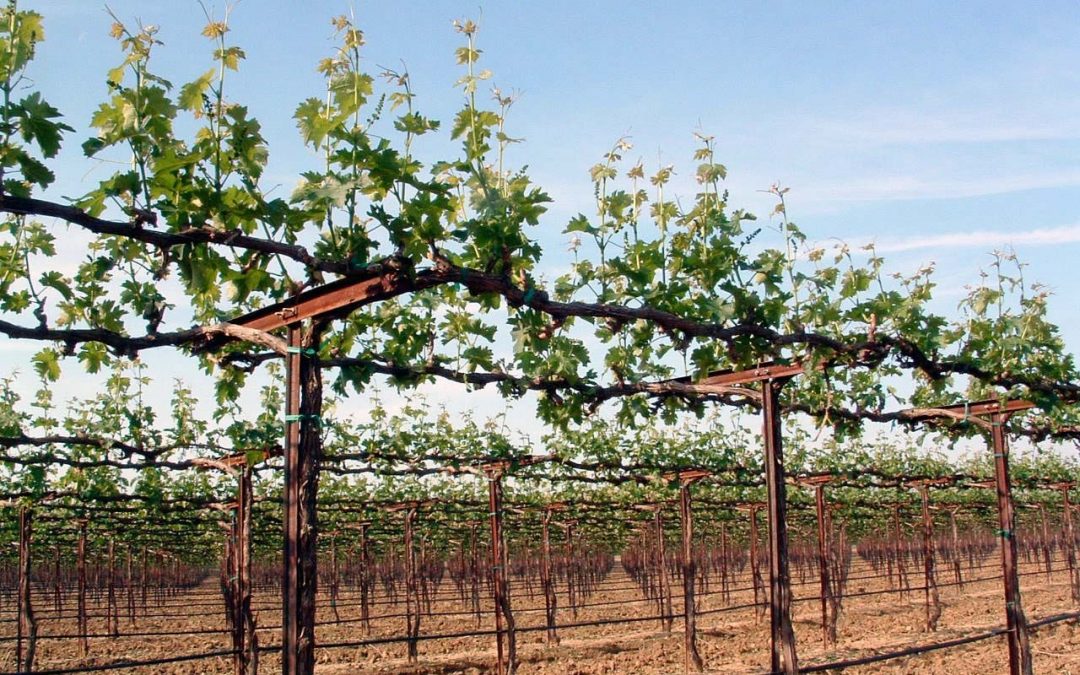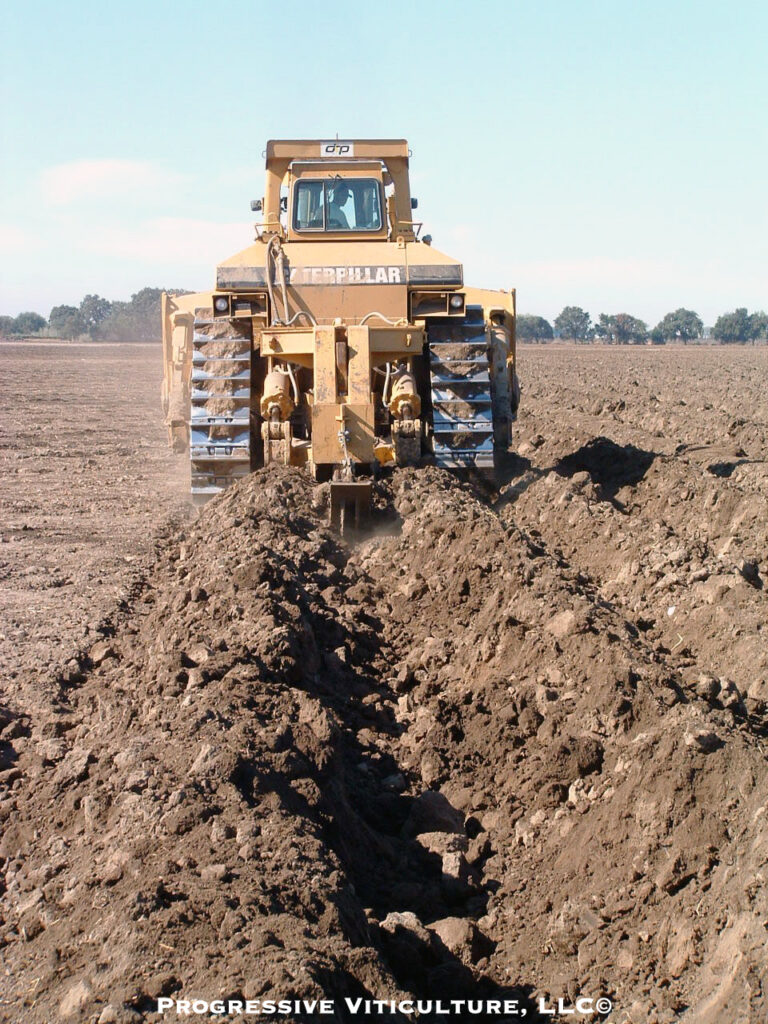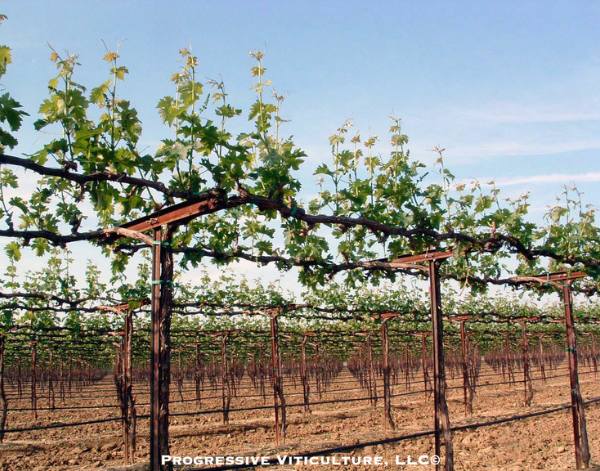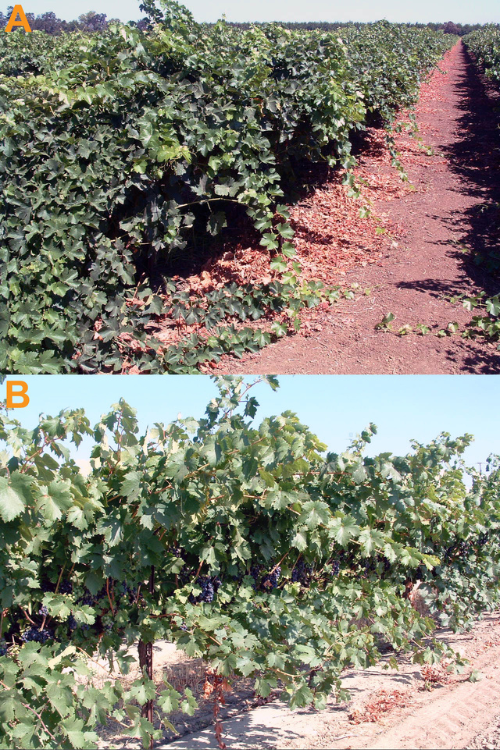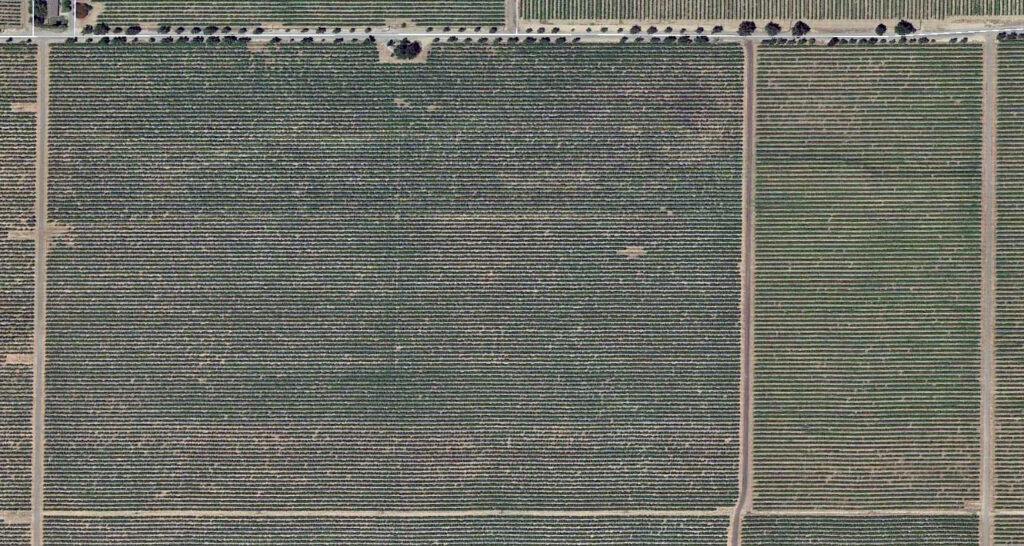FEBRUARY 22, 2018. BY STAN GRANT, VITICULTURIST.
Management 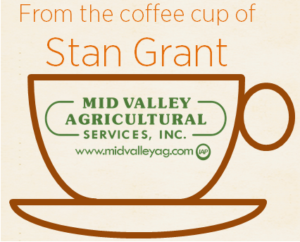 actions have two essential performance attributes – effectiveness and efficiency. To achieve maximum effectiveness or impact, one must do the proper thing at the right time. To achieve maximum efficiency, one must have a marked positive impact with minimum waste in resources, including energy, materials, and labor. Given that efficiency affects profitability and competitiveness, optimum efficiency ought to be a goal for all vineyard businesses.
actions have two essential performance attributes – effectiveness and efficiency. To achieve maximum effectiveness or impact, one must do the proper thing at the right time. To achieve maximum efficiency, one must have a marked positive impact with minimum waste in resources, including energy, materials, and labor. Given that efficiency affects profitability and competitiveness, optimum efficiency ought to be a goal for all vineyard businesses.
There are a few ways to view efficiency. Economic efficiency, which usually pertains to the performance of entire vineyard enterprises, is the impact per unit investment. For individual vineyard units, physical efficiency is ordinarily the greatest concern and it is typically measured in tons of grapes per unit applied resource, such as acre-feet of water or man-hours of labor. Although less often considered, production per unit on-site resource, such as rainwater and leaf area, greatly contributes to the viability of vineyard enterprises. (In general mathematical terms: efficiency = some measure of performance/resources used).
Efficiency from the Ground Up
Striving to attain maximum efficiency begins before vines are in the ground. It includes amending, deep cultivating, and other measures taken to create a uniformly deep, well-drained root zone and to maximize soil tilth, fertility, and water storage capacity. Specific measures depend on slope, soil texture, soil pH, subsurface features, and other soil factors (Figure 1). These up-front actions promote extensive root systems and decrease the need for applied inputs after the vineyard is established, thus promoting the efficient use of on-site soil resources.
Figure 1: Preplant slip plowing a vineyard soil with distinct interface boundaries between subsoil layers to improve soil permeability to air, water, and elongating roots, and to increase root zone size. (Photo source: Progressive Viticulture©).
Efficiency by Design
The influence of a spacing-training-trellis-pruning system on the efficiency of a vineyard operation is profound and yet generally underappreciated. So, what does a vineyard design that advances physical efficiency in most of California look like? To begin, it has lines of spurs uniformly spaced about 4 inches apart that are easily accessible to hand labor and machinery. It also has tall trunks that position spurs away from heat radiated from the soil and where air readily moves, while at the same time maximizing storage capacity for nutrient reserves in woody vine tissues (Figure 2). In addition, its cordons are sufficiently long and support sufficient spurs to produce 14 to 20 leaves per shoot using mostly soil moisture from winter rains during a normal rainfall year (Figure 3).
Figure 2: Uniformly spaced & positioned spurs and shoots positioned high above the vineyard floor and long trunks promote efficiency in this California vineyard. (Photo source: Progressive Viticulture©).
A vineyard design for efficient spaces and positions shoots for minimum leaf stacking and maximum leaf exposure to sunlight with little effort. Similarly, it avoids clumps of clusters but rather promotes space for individual clusters in environments covered by a veneer of a single leaf layer and penetrated by dappled sunlight.
Figure 3: Excessive shoot growth and canopy interior shading limit the efficiency of the vineyard in the upper photo (A) while an appropriate vineyard design enhances the efficiency of the vineyard in the lower photo (B). (Photo source: Progressive Viticulture©).
Depending on site conditions, as well as cross-arm width and height, either single canopy T trellises or horizontally divided Wye trellises meet the requirements for high efficiency in most of California. For varieties with upright & rigid shoots, like Cabernet Sauvignon & Sauvignon Blanc, these same trellises without foliage support cross arms achieve the same ends. Mechanically pruned, high-wire vineyards also have the potential to achieve high efficiency.
In contrast, head-trained vineyards, with their irregular configurations, low-hanging fruit, & limited adaptability to mechanization, have a low potential for efficiency unless their grapes capture a high price and material inputs are low. In all but the coolest regions of California, conventional vertical shoot positioned (VSP) trellises are also low in efficiency due to shoot crowding, leaf & cluster stacking, and exposure of exterior clusters to direct sunlight. The efficiency of high-density vineyards with closely spaced vines & rows is low due to high development costs & growth vigor concentration into a limited number of spurs per vine. In most of California, such narrow focusing of vine capacity leads to excessive shoot growth, fruit zone shading, & the need for remedial canopy management measures.
Vineyard layout, which determines the average length of vine rows and the number of turns required for mechanical operations, is an efficiency factor (Figure 4). Narrow headlands (< 20 ft. to 30 ft.) limit equipment size while wider headlands decrease the number of vines in a vineyard. Depending on the situation, either of these can decrease physical efficiency.
Figure 4: Fewer turns make for more efficient work in the vineyard with longer rows on the left compared to the vineyard with shorter rows on the right. (Photo source: Google Earth, 2018).
Drip irrigation surpasses other irrigation systems for sustaining moderate vine water stress, which enhances vine water use efficiency. Moreover, its capacity to uniformly deliver fertilizers, liquid soil amendments, and other materials to soil zones of concentrated mid-season root activity enhances its efficiencies. For the greatest efficiency, ensure your drip system is designed to match soil intake characteristics and the available supply of water.
Some combinations of variety, clone, and rootstock are inherently more efficient than others due to their tendency for high fruit yields, low bunch rot, drought tolerance, mineral nutrient acquisition, and adaptations to soil conditions.
Efficiency through Management
Once the vineyard is established, it is up to the manager to wisely select and apply materials, labor, and machinery at the proper time, with the proper intensity, and with proper placement and coverage for maximum effectiveness and efficiency. It is his or her charge to control efficiency robbing weeds, pests, diseases, and suckers. Substituting machinery for labor usually increases efficiency, but thoughtful tool selection and maintenance, job assignments, and training can increase the efficiency of handwork.
Conclusions
Efficient vineyards are those designed and developed for the best use of on-site resources and managed for the optimum use of applied resources.
A version of this article was originally published in the Mid Valley Agricultural Services June 2016 newsletter and updated for this blog post.
Further Reading
Goldhammer, D.A. and Snyder, R.L. Irrigation scheduling: a guide for efficient on-farm water management. University of California, Division of Agriculture and Natural Resources Publication 1989.
Grant, S. Five-step irrigation schedule: promoting fruit quality and vine health. Practical Winery and Vineyard. 21(1): 46-52 and 75. May/June 2000.
Howell, G.S. Sustainable Grape Productivity and the Growth-Yield Relationship: A Review. Am. J. Enol. Vitic. 52: 165-174. 2001.
Kay, R. D., and Edwards, W. M. Farm Management. McGraw-Hill, New York, 1994.
Shaulis, N.J. Responses of grapevines and grapes to spacing of and within canopies. In A. Webb (ed.). Grapes and Wine Centennial Symposium Proceedings, Davis, Calif., 18-21Jun. 80. Univ. Calif. 1982.
Smart, R. and Robinson, M. Sunlight into wine: A Handbook for Winegrape Canopy Management. Winetitles, Adelaide. 1991.
Winkler, A.J., Cook, J.A., Kliewer, W.M., and Lider, LA. General Viticulture. University of California, Berkeley. 1974.
Have something interesting to say? Consider writing a guest blog article!
To subscribe to the Coffee Shop Blog, send an email to stephanie@lodiwine.com with the subject “blog subscribe.”
To join the Lodi Growers email list, send an email to stephanie@lodiwine.com with the subject “grower email subscribe” or click on “join our email list” to the right.
To receive Lodi Grower news and event promotions by mail, send your contact information to stephanie@lodiwine.com or call 209.367.4727.
For more information on the wines of Lodi, visit the Lodi Winegrape Commission’s consumer website, lodiwine.com.
To join the LODI RULES Sustainable Winegrowing Community as a grower or a vintner, email stephanie@lodiwine.com with the subject “LODI RULES.”

